"Well since you've sincerely asked,
here are my genuine answers."
What glitters the mythology in indigenous religions
are those lovely yet charming villains,
and the ladies with beautiful souls.
As the vivid figures strengthening Taiwanese indigenous religions,
these are the backgrounds and characteristics you should know.
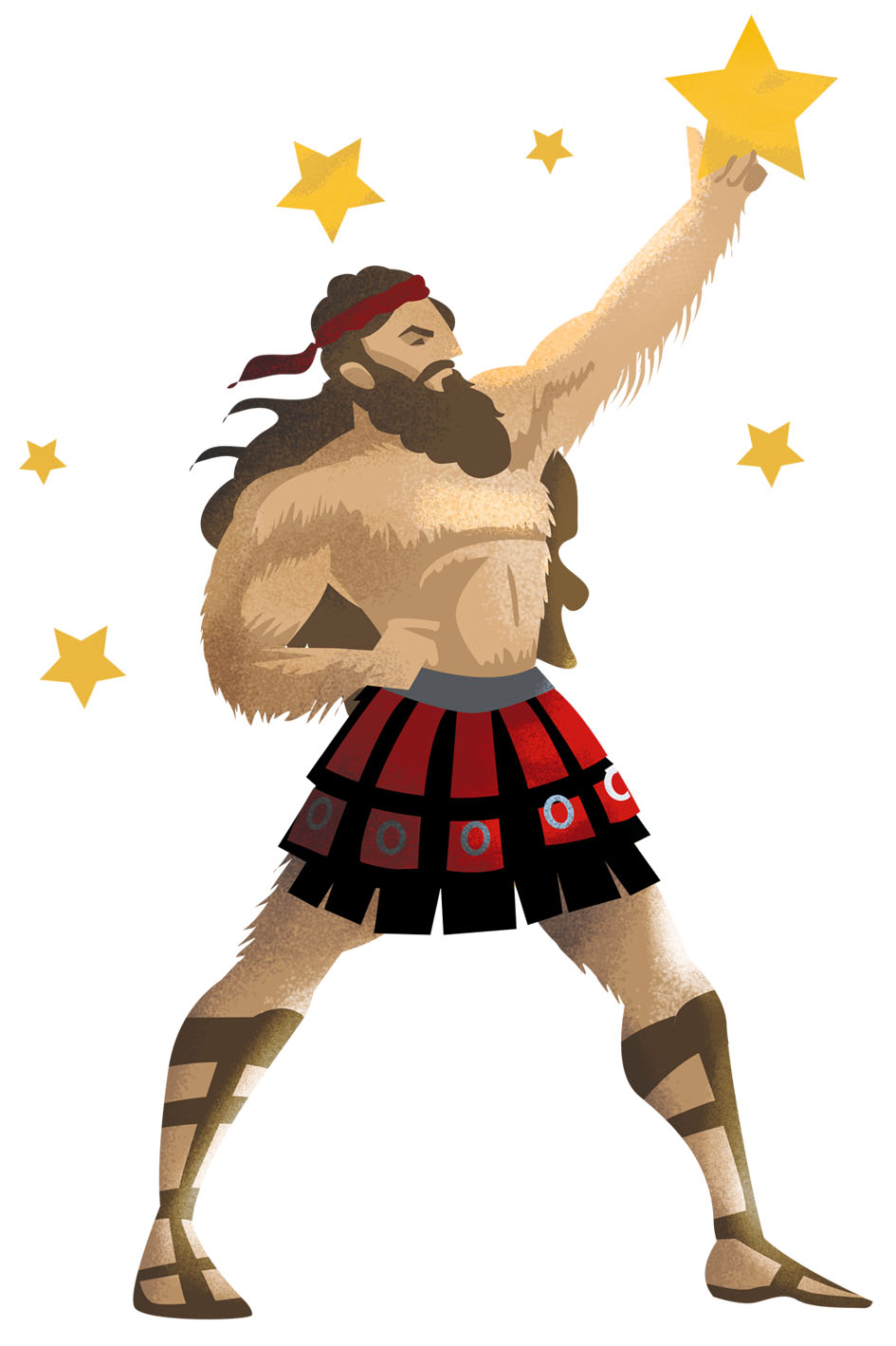
Amis People - Alikakay the Giant
“My interests are stargazing and eating tasty human flesh.”
Alikakay, the giant hairy spirits from Hualien, were notorious for disguising himself with formidably magic power to deceive the possessed victims to be their big meals.
The Amis villagers had been frustrated by this devious enemy for long until the Kapit (Sea God) advised the leader that the key to exorcise Alikakay was porog (reed). The words of God worked out. Alikakay immediately surrendered once they saw porog. Also, the Amis would be blessed with fishery harvest if they regularly send their gratitude towards the sea. Thess ancient rituals later become the ceremony of Amis Harvest Festival and Ocean Worship.
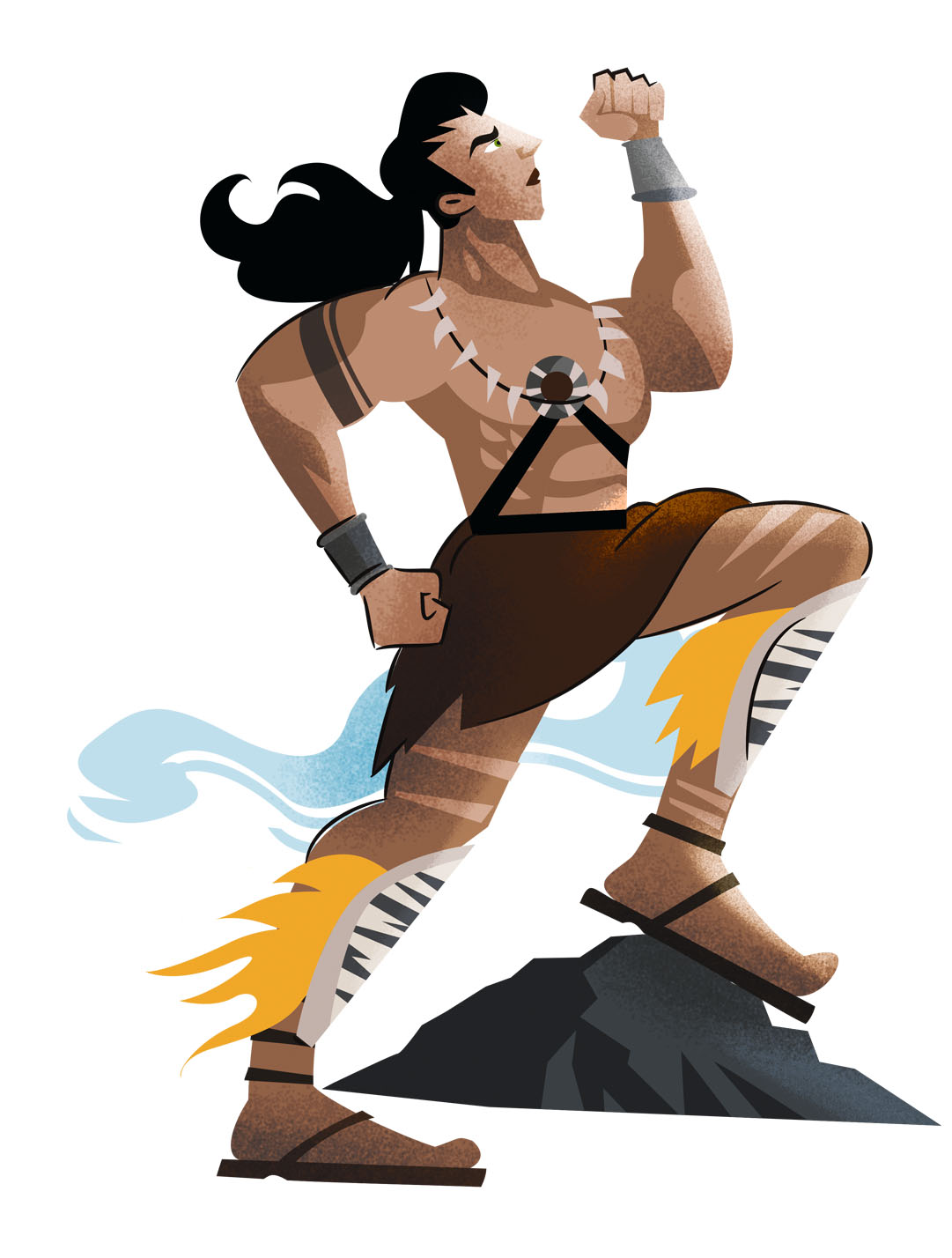
Truku People - Mawa the Giant
“ I'm the one and only clever and nimble giant.”
Beyond everyone's imagination, Mawa wasn't a bulky giant at all. Besides, his slyness greatly bothered the villagers. Mawa always observed where hunters headed and then made his gigantic feet to the direction ahead. When the fleeing animals were running on their escape routes Mawa just opened his big mouth, Effortless meals!
Starving Truku people came up wit an idea to defeat Mawa in one hunting day. Instead of living yummy prey, what's rolling into his throat this time was a sizzling crystal rock. Mawa sank upside down to the bottom off the coast of Hualien and Taitung. His two feet remained above the water are nowaday Orchid Island and Green Island.
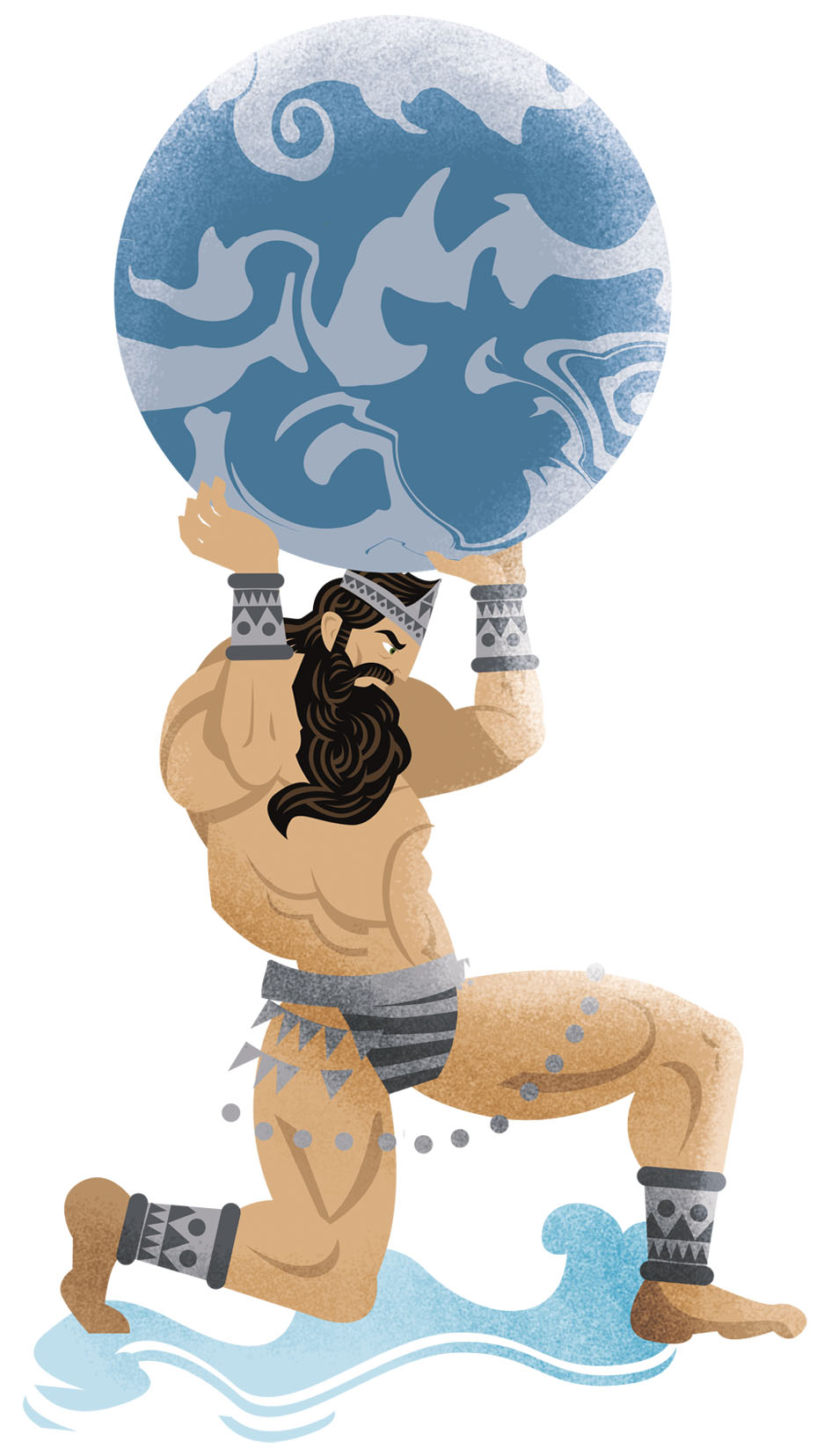
Tao People - Sikakacho
“Weightlifting game? I'm the real man who can push the sky away from the ground.”
Back in the ancient time of Orchid Island, Sikakacho was born as a little baby just like you and me. As times went by, Sikakacho became a sky-tall, strong one while other growing babies were just toddlers. No one was able to see his face, not even tried the best to look up.
At the same time, Sikakacho was aware that his life was in danger while he could barely breathe air. By taking a firm stand and lifting his flexing arms, Sikakacho pushed the sky further away from the ground until he could comfortably walk. Thanks to Sikakacho, today we all are favoured to have the chance to watch the sky.
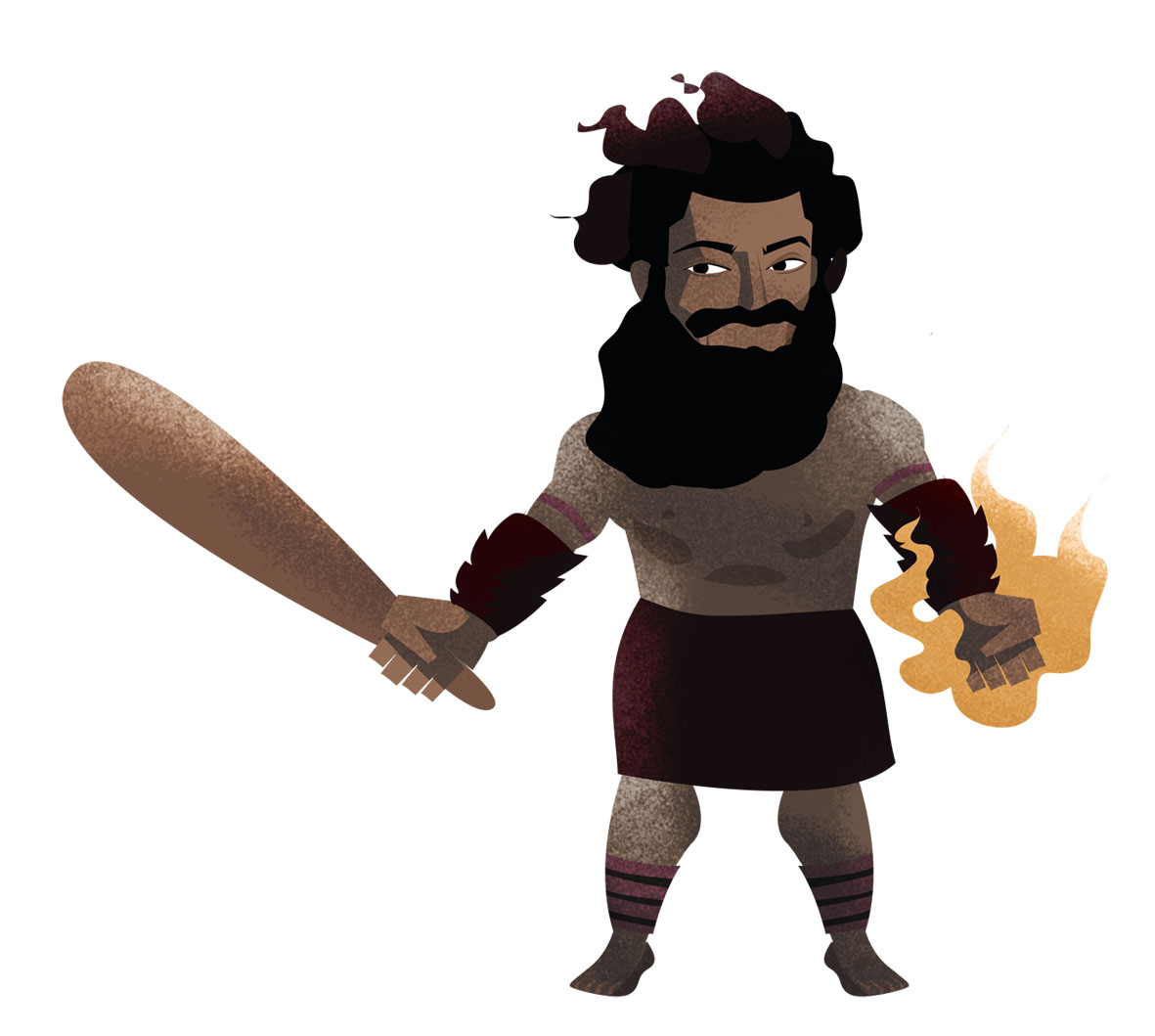
Saysiyat People - Black Dwarves
“My height is less than 100cm but the malice I left is deeper than the sea.”
One night, Sasiyat invited the black dwarves, who dwelled in a mountainside cave, to join the celebration together and looked forwards to their help with the food shortage. Although the crops problem was resolved, the black dwarves started stirring up the troubles of getting drunk and looting women.
The angry Saysiyat people dug a hole to fall dwarves to death. However, dwarves' remained black magic turned to heavy rains for months as a revenge. To ease black dwarves' anger, Saysiyat changed their annual harvest festival into the peace-seaking ritual to commemorate the black dwarves. This traditional ritual is where Pas-ta'ai ceremony originally from.
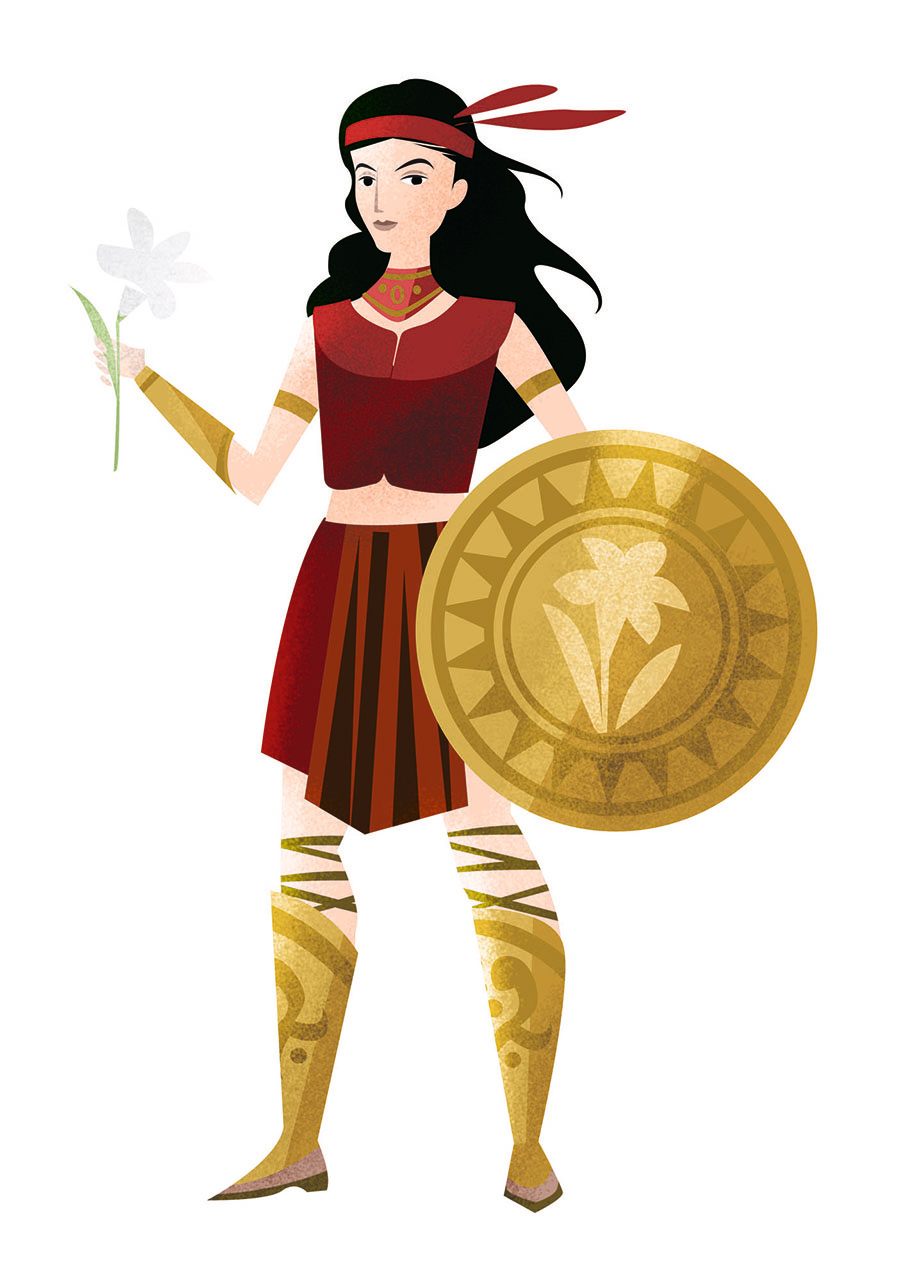
Rukai People - Princess Balenge
“Who would resist my charms?”
As the daughter of the community leader, Princess Balenge was a gentle pretty lady gifted in mesmerising singing. Getting lost her way led 16-year-old Princess Balenge to meet her destined man, Adalio the Hundred-Pacer.
Undoubtedly, who would resist her charms? Adalio soon asked Princess Balenge's parents for the permission of marriage. The chieftain agreed to marry his daughter if Adalio could bring the under-the-sea abyssal glass ball back. Romance in fairytales normally come with a happy ending. 3 years after, Adalio married Princess Balenge. Since then, lily flower has become Rukai's symbol in memory of Princess Balenge.
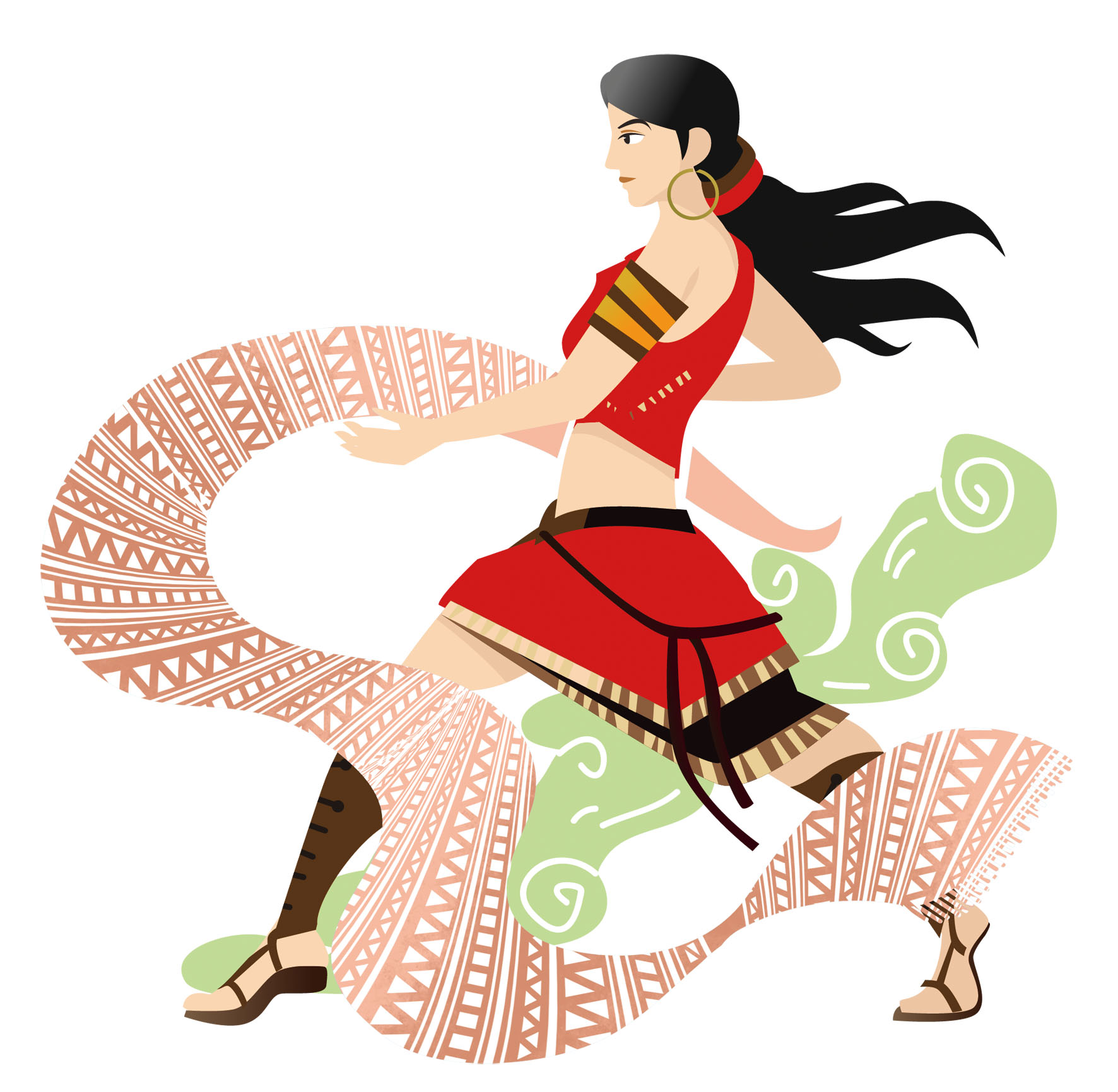
Kavalan People - White gourd beauty
“I'm a virtuous cutie.”
Being a beauty sometimes doesn't need to be genetically inherited from parents. One beautiful girl walked out from a cracked white gourd from a peasant's farm. Instead of feeling weird, this happy peasant adopted this little girl and named her White Gourd Beauty.
Men in the village all tried to go for this befuddled lad. Every time White Gourd Beauty went out for water collecting, she never came back with a full bucket since the water was all shared to the guys who came to her on the way back. White Gourd Beauty was so annoyed by these guys that she hid herself on the rooftop to do her knitting work. However, she accidentally fell to death. In this case, what we can learn from this story that water collecting and knitting are the main chores for traditional Kavalan women. Furthermore, don't disturb women while they are doing their jobs, men. Show some respects!




